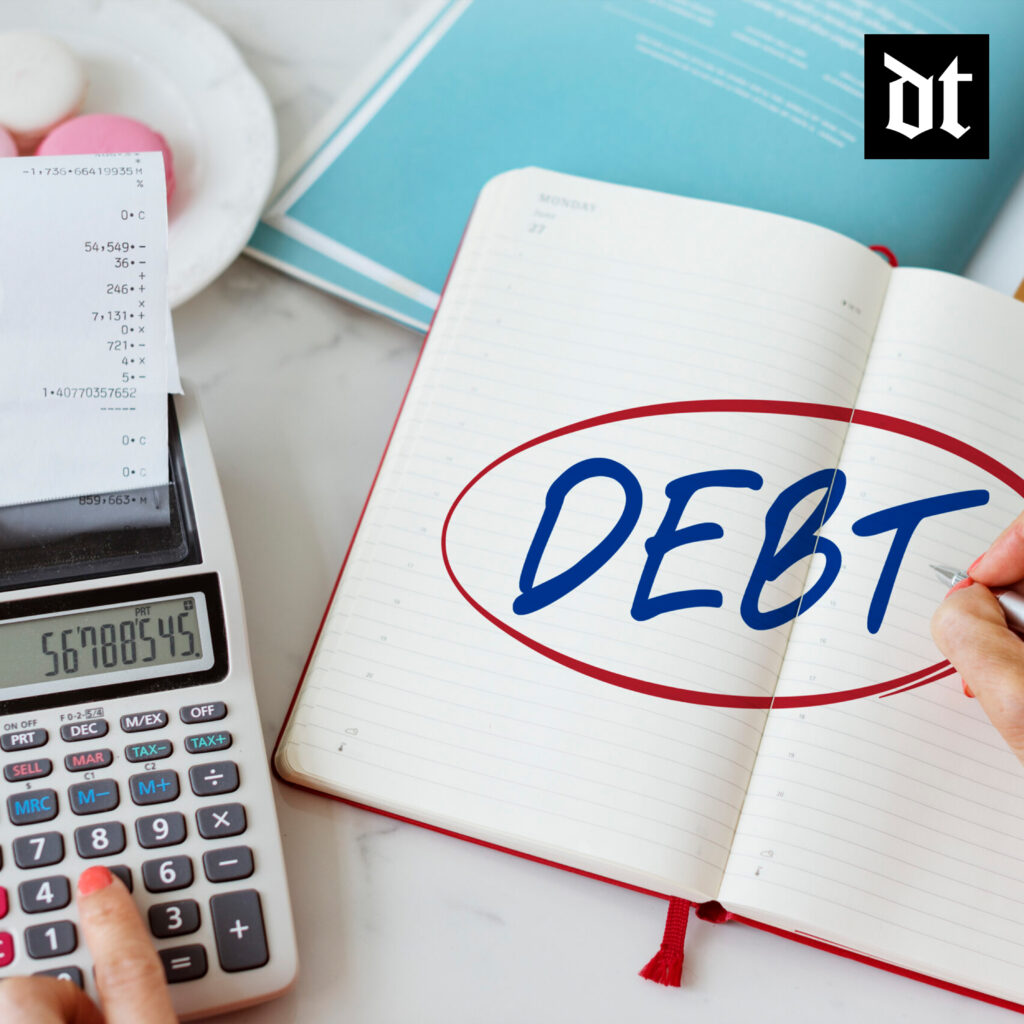
Debt is the big elephant in the room that no one talks about even when most people are familiar with it. There is a shame that is associated with debt which causes many people to turn away from its conversations. Not many people are open about their financial situation, more so, debt but with 64% of Americans according to the American Psychology Association stating that debt is a source of their stress, this is a topic worth a discussion. So to begin, what is debt?
Debt is a loan, money taken now and given back in small amounts or in full within a set period. It can be from a person, bank, credit union, or money lending service, and more than it is paid back with interest. Although most debt is paid on interest, there are still no interest loans where the borrower only pays back what they took. Debt can have positive and negative impacts depending on whether it is bad or good. But before distinguishing the two, you need to understand what good and bad debts are.
What Is Good Debt?
This is low-interest debt that has the potential to increase your income or net worth. It is often taken to better the borrower’s finances in the long run as it allows one to leverage their wealth, paying for needs or catering to unforeseen emergencies. The following are some examples of good debt.
1. Mortgage Loans
A mortgage is considered a path to homeownership even without the upfront cash. For this reason, it is regarded as a good debt as, over time, it pays off more than the debt incurred. For instance, when you purchase a house today through a mortgage that appreciates annually, you can multiply your purchase price once the mortgage is paid off. The key to managing a mortgage loan is limiting 28% of your pretax income. Additionally, scouting for a house within a low-cost area to manage your repayment is crucial.
2. Student Loans

There is a reason the student loan industry has garnered up to 1.6 trillion Americans. Student loans can be an investment in good education. With a quality education, you can find a job that brings you income, allowing you to repay and improve your loan. However, like any other loan, you should critically analyze the debt before signing up. Reports show that 52% of those carrying students did not consider it worth it. This does not mean education was invaluable; instead, the career they paid for did not generate enough income to pay off the debt.
According to the 2020 Payscale report, students who undertook career courses with high earning potential did not have a hard time paying off their student debt. These were engineering, computer science, operation researchers, and STEM students as opposed to those taking up liberal arts and humanities. If you are buying for education, it is crucial that the course you are paying for leads to a well-paying career. Here are some things to watch out for when seeking a student loan;
- i)Always prioritize Federal student loans as their interest rate is low.
- ii)Aim for repayment that does not exceed 10% of your projected monthly income (post-tax) a year after graduation.
3. Small Business Loans
According to the Small Business Administration, only two-thirds of small businesses make it past the first two years. For most, this is a red flag not to borrow money, especially with initial uncertainty. However, borrowing money to fund your business can be the greatest investment for your business. With a plan, ambition, and savviness, you can multiply the money you put into the business to repay the borrowed debt and expand the business. Talk about quality debt!
What Is Bad Debt?
These are debts that drain your resources with little to no long-term value. They often have high-interest rates that tend to lose value over time. Good debt can sometimes turn bad, especially when taken without a good plan. Bad debts work against the borrower dragging down their financial situation. Below are some examples of bad debt.
1. Credit Card Debts

Credit cards revolutionized automated payment. This convenient, fast, and easy payment method has a few strings attached, and the interest build-up is one that tugs at most borrowers. If one is not careful, credit card debt can go bad fast, even with monthly payoffs. Currently, credit card debt takes third place in Americans’ total debt, totaling $756.3 billion which says something about this debt. The high interest of credit card debts could lead a borrower to get deep in the debt hole when it accumulates. And without a debt management plan to start the repayment, it only worsens the situation for the borrower.
2. Payday Loans
If you thought credit card loans were terrible, payday loans are worse. They are short-amount loans that are required to be repaid in your next paycheck hence the name ‘payday.’ Because they are offered with an interest rate of 300%, payday loans can easily land a borrower in a cycle of debt. These short-term loans leave very little breathing time to the borrower; credit unions are a much better option if you need short-notice loans.
3. Personal Loans
There is nothing wrong with taking personal loans; however, trouble comes when they are taken for discretionary purchases. Handling a personal loan to fund expensive habits like paying for holidays or buying a new bag can turn sour. Steer away from personal loans unless you have a particular goal in mind.
If you are already dealing with a personal loan that turned into bad debt, consider refinancing it. Refinancing a personal loan is an opportunity to secure a lower interest rate or extend your repayment timeline.
Our Two Cents
Debt is not always bad; sometimes, it can improve your financial standing. However, before taking on any debt, ensure you have a repayment plan and keep all your debt below 36% of your pretax income. Otherwise, always remember that good debt can turn into bad debt and vice versa. Thus, before taking out any debt, ensure that you research and always ask yourself, ‘Will this debt improve or worsen my financial situation?’
